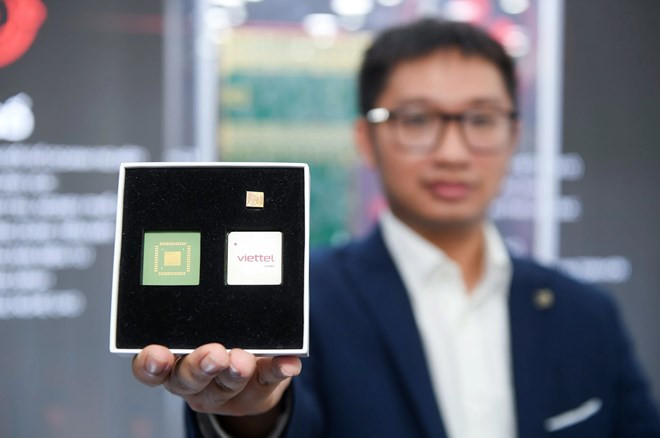
The Semiconductor Technology Department’s lab, with its screens filled with lines of code and circuit diagrams, is where Viettel Group’s first success in the industry that the whole world is interested in – semiconductors. Here, formerly the Microchip Center, a team of engineers led by Dr. Nguyen Trung Kien successfully designed the 5G DFE chip, the most complex chip in Southeast Asia to date.
The 5G base station radio signal processing chip, capable of processing 1,000 billion calculations per second, was displayed at the National Innovation Festival, but not many people know that this is the result of decades of investment in research and development (R&D) and has also left "Viettel lessons" for subsequent products.
Manufacturing a single semiconductor chip takes four to six months and involves more than 500 separate steps, from design to manufacturing and testing, and components travel an average of 70 countries before reaching the end user. With its high complexity, the semiconductor industry is at the core of other important industries such as electronics and digital transformation, worth tens of trillions of dollars. In the case of 5G, radio processing and baseband chips will be an essential part of the hundreds of millions of base stations the world needs to deploy next-generation telecommunications networks.
Because of this strategic value, the Vietnam Semiconductor Industry Development Strategy to 2030 identifies semiconductors as playing a key role in the digital economy and is given top priority by the Party and State. The goal is that by 2030, Vietnam will have established basic capacity in all stages from research, design, production, packaging and testing.
Major General Nguyen Dinh Chien, Deputy General Director of Viettel Group, affirmed: "Viettel is the country's leading high-tech group, with the mission of being the main force in developing the semiconductor industry."
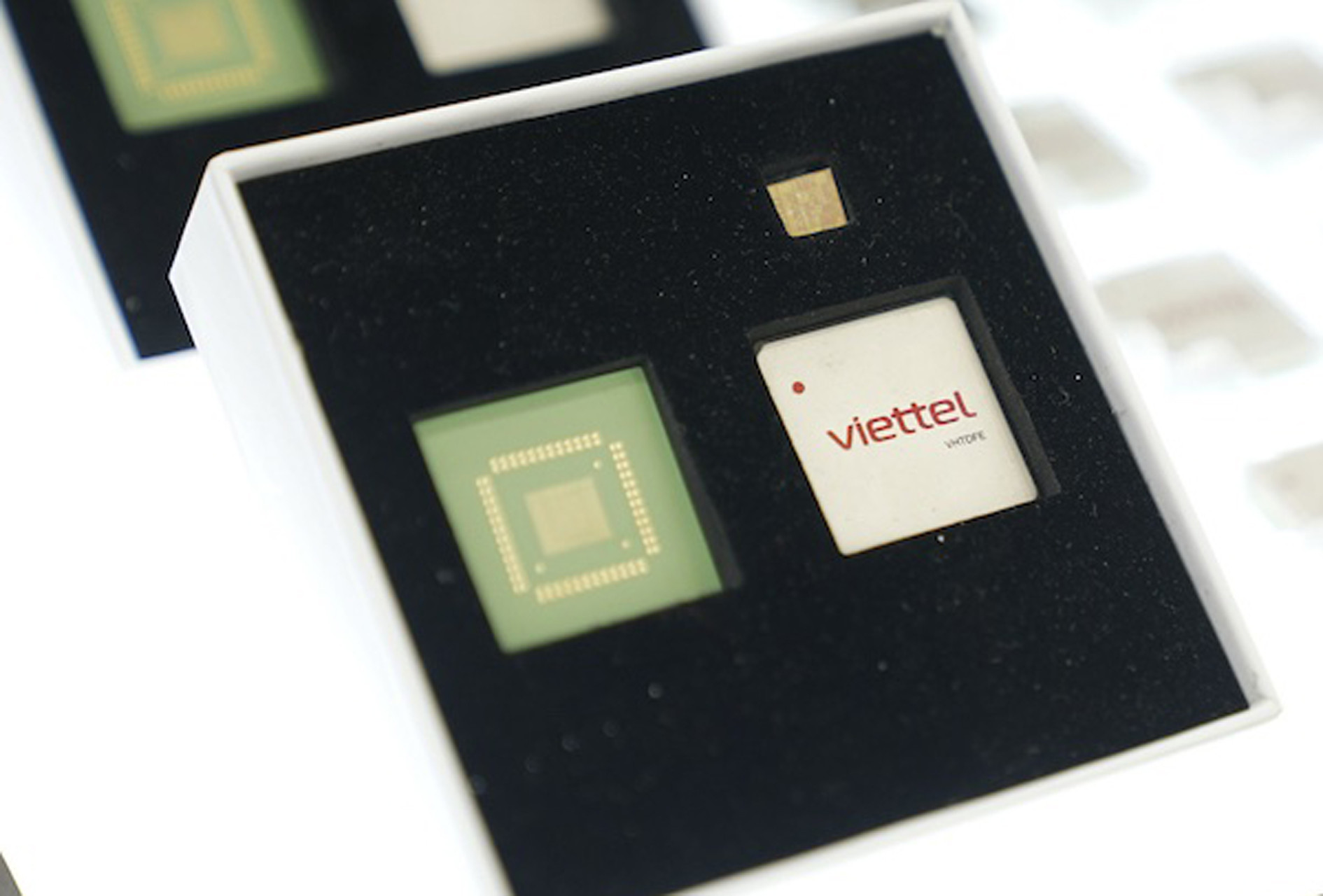
Lessons from big devices to make small chips
One of Viettel's biggest lessons is accumulating research and development (R&D) capacity.
“The semiconductor industry is a difficult industry, requiring in-depth knowledge in the fields of research, design, and production of electronic systems, information technology, and high-tech industry. These fields are also major tasks that Viettel has set for itself throughout its development process, and therefore Viettel has enough foundation to enter the semiconductor industry,” Dr. Nguyen Trung Kien, Deputy Head of the Semiconductor Technology Department of Viettel Group, explained.
The long-term “lessons” on electronic systems and information technology officially began in January 2011, when Viettel established its first specialized R&D department, Viettel Research and Development Institute.
9 years later, after having gone through research directions in electronics, telecommunications, network technology, microchips... this unit (since 2019, Viettel High Technology Corporation - VHT) became the first place to successfully make a 5G call on network equipment researched and manufactured in Vietnam. This result makes Viettel the first network operator in the world and the 6th manufacturer in the world to successfully produce 5G equipment.
Mr. Nguyen Chi Linh, Director of VHT Broadband Radio Equipment Research Center, who was in charge of researching and developing 5G radio base transceiver stations at that time, shared: “ This success originated from the pre-feasibility study on 5G and research on 4G equipment starting in 2016.”
Being willing to enter new industrial fields, instead of just accepting available solutions like most network operators in the world, has helped Viettel take the initiative in deploying telecommunications networks and now continues to bring "sweet fruit", by giving Viettel the expertise to participate in the semiconductor industry.
“The reason Viettel can make 5G chips is because it has researched and understood the principles of 4G and 5G telecommunications equipment to be able to ‘miniature’ large systems into microchip designs,” said Dr. Kien. “Up to now, Viettel still has an advantage that no other manufacturer in the world has: the environment for testing and testing real products quickly of a telecommunications operator.”
With these advantages, Viettel designs chips from the very first steps, including architectural design, basic schematic diagrams, developing core technologies to meet the processing requirements of fields such as telecommunications, information technology, AI... then testing on simulation software and optimizing the design.
Lessons from the first chip to new growth space
“The development of 5G chips so far has also brought lessons in research, design and production,” said Dr. Kien. “First of all, it is the experience of developing and expanding the team of semiconductor experts to meet the needs of chip research and design more quickly. In addition, businesses that want to participate in the semiconductor industry also need to participate in the ecosystem through cooperation and research activities to have easier access to knowledge sources and tools.”
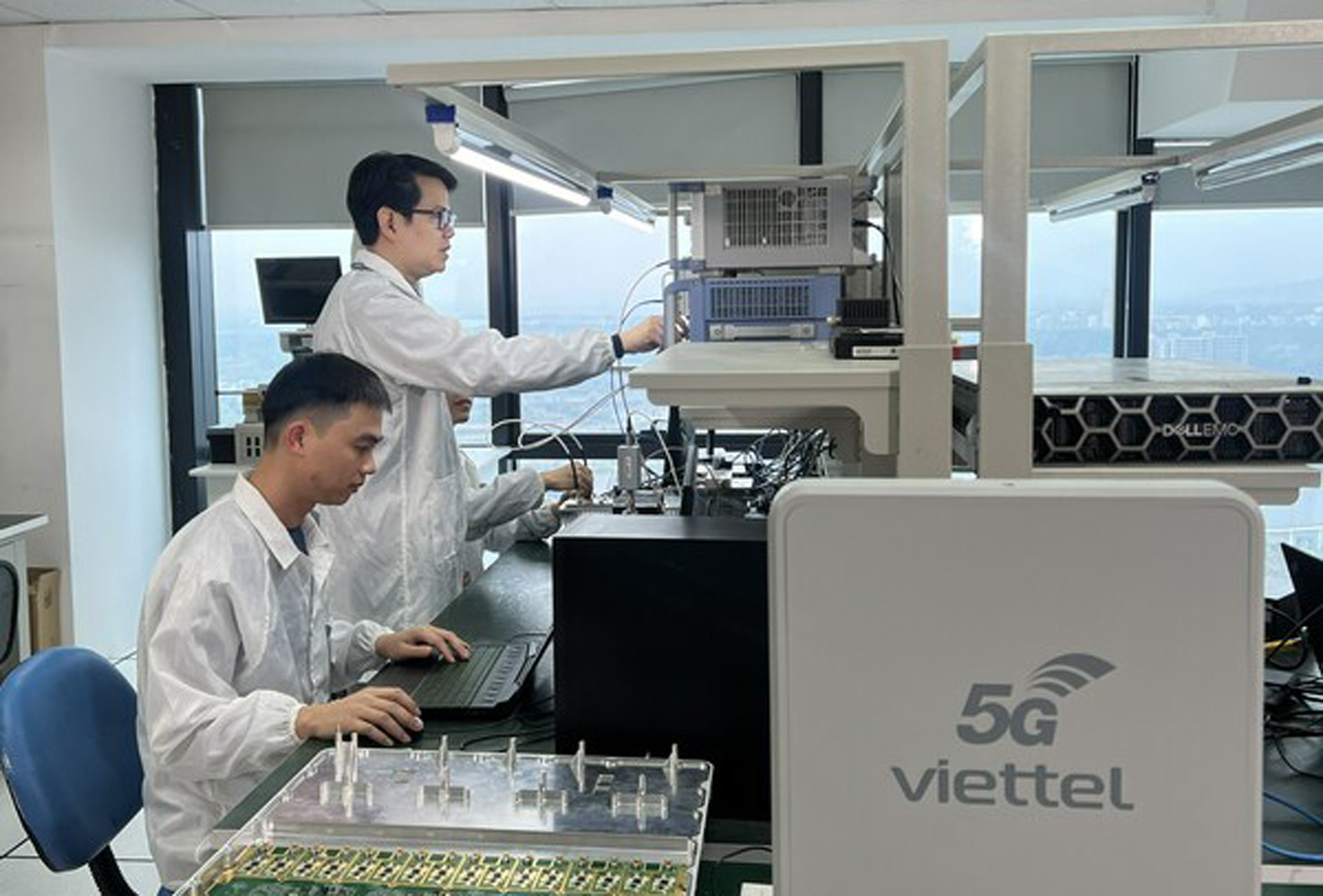
Mr. Kien shared that Viettel's semiconductor department is currently working with Viettel Academy to design a new training program as well as update skills training for engineers, with the goal of having 1,000 semiconductor engineers by 2030, including 700 design staff and 300 production staff. In June, Viettel's Semiconductor Technology Department also had initial discussions with the University of Information Technology (Ho Chi Minh City National University) on research and training cooperation in the field of semiconductor microchips.
Talking about Viettel's next products, Mr. Kien informed that the DFE chip is just the beginning. With the technologies it has mastered, Viettel continues to develop more complex chips, including baseband processing chips - the most complex chip in the 5G telecommunications equipment ecosystem and AI processing chips at the edge.
Currently, most interactions between users and AI models are done through the cloud, processed on the server and returned with responses. This has some disadvantages: it requires internet access and forces users to share data. As AI models increasingly process sensitive personal and work data, direct processing on the device or processing at the edge becomes a big demand. Therefore, there is a need for small, high-performance and energy-efficient AI processing chips that can be integrated into phones and laptops.
“The semiconductor products that Viettel continues to research and develop will be chips with high difficulty, serving large markets. These two conditions ensure technological development as well as business efficiency,” said Dr. Kien.
Major General Nguyen Dinh Chien, Deputy General Director of Viettel Group, shared, “Viettel identifies this as a long journey, requiring a reasonable and solid approach in both basic research and business. To develop the semiconductor industry, it is necessary to design and manufacture chips that meet the needs of businesses, domestic electronic systems, and national security needs. This is the foundation for developing advanced, new-generation chip technologies, and expanding supply abroad.”
“Generations of Viettel leaders have always identified R&D as the foundation for creating sustainable value. Taking on major national tasks and finding ways to solve the most difficult problems is how Viettel finds new growth spaces,” Mr. Chien added.




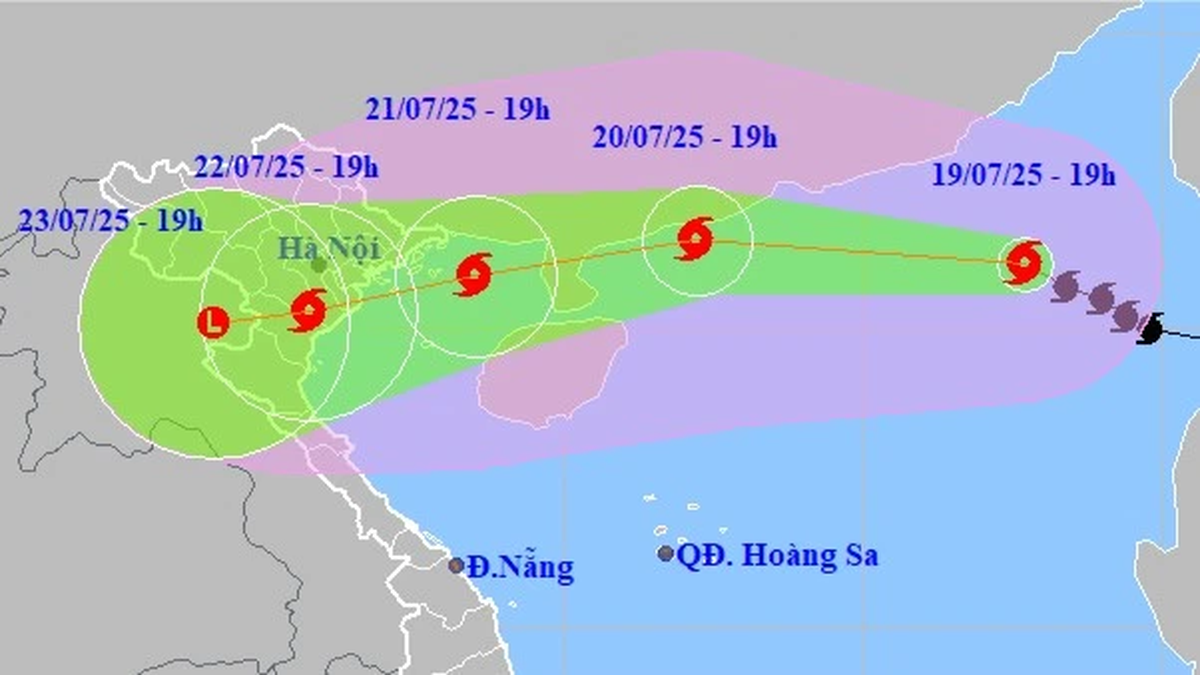


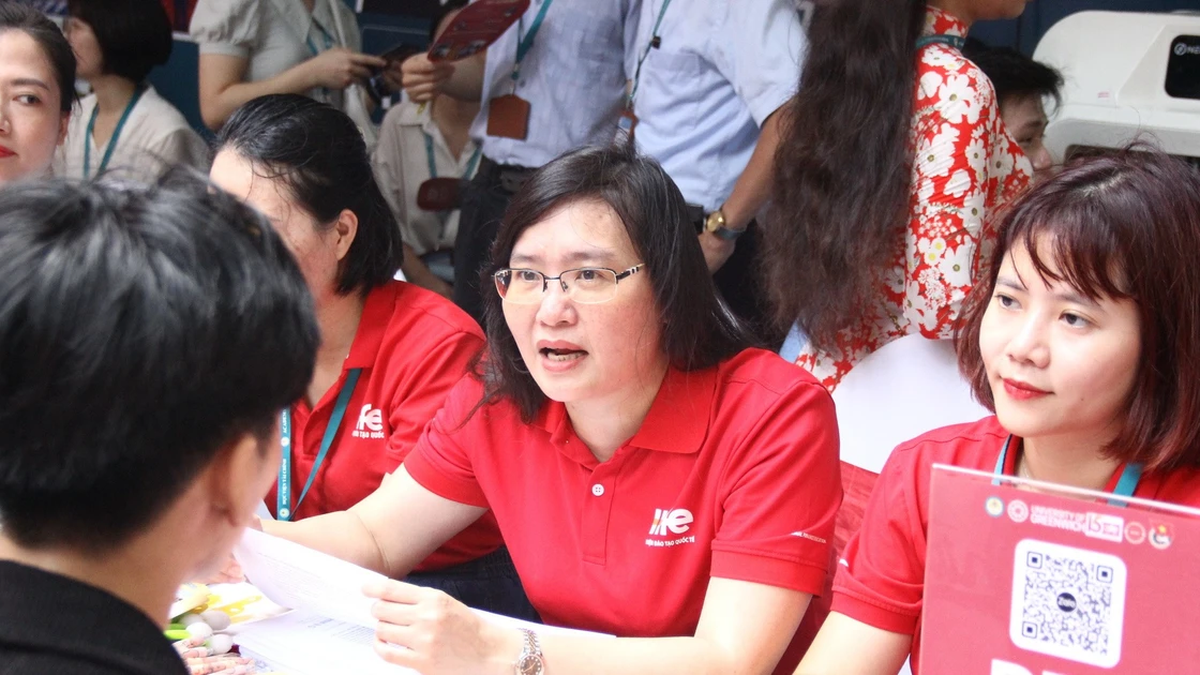

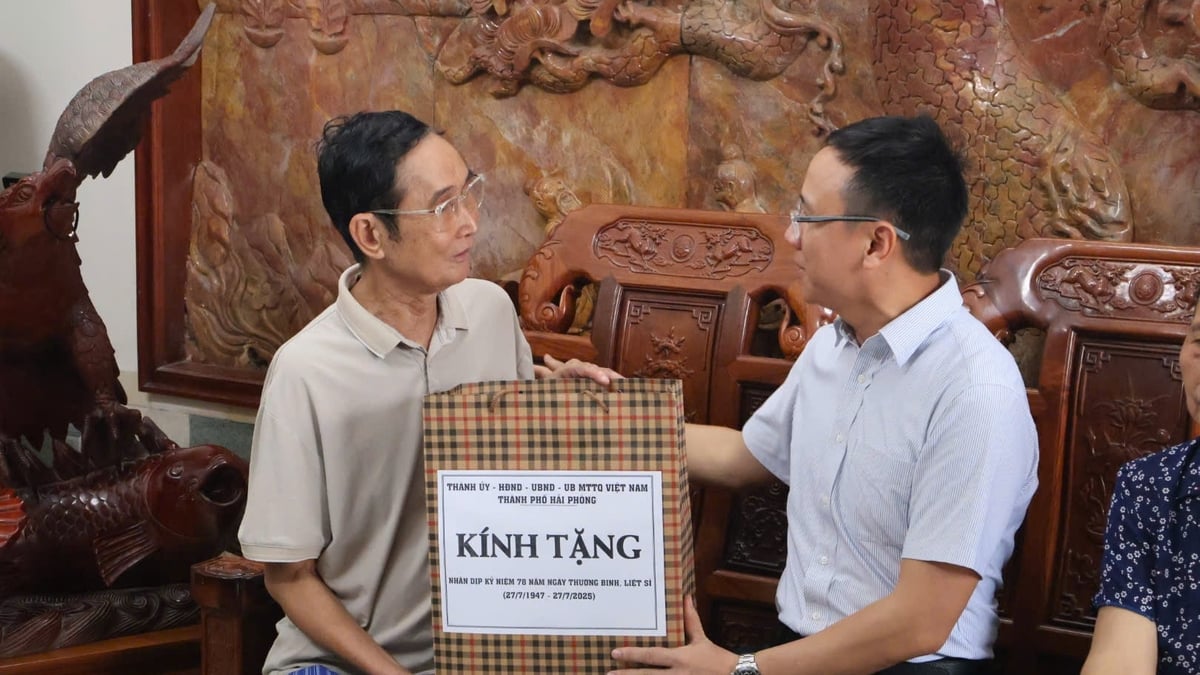
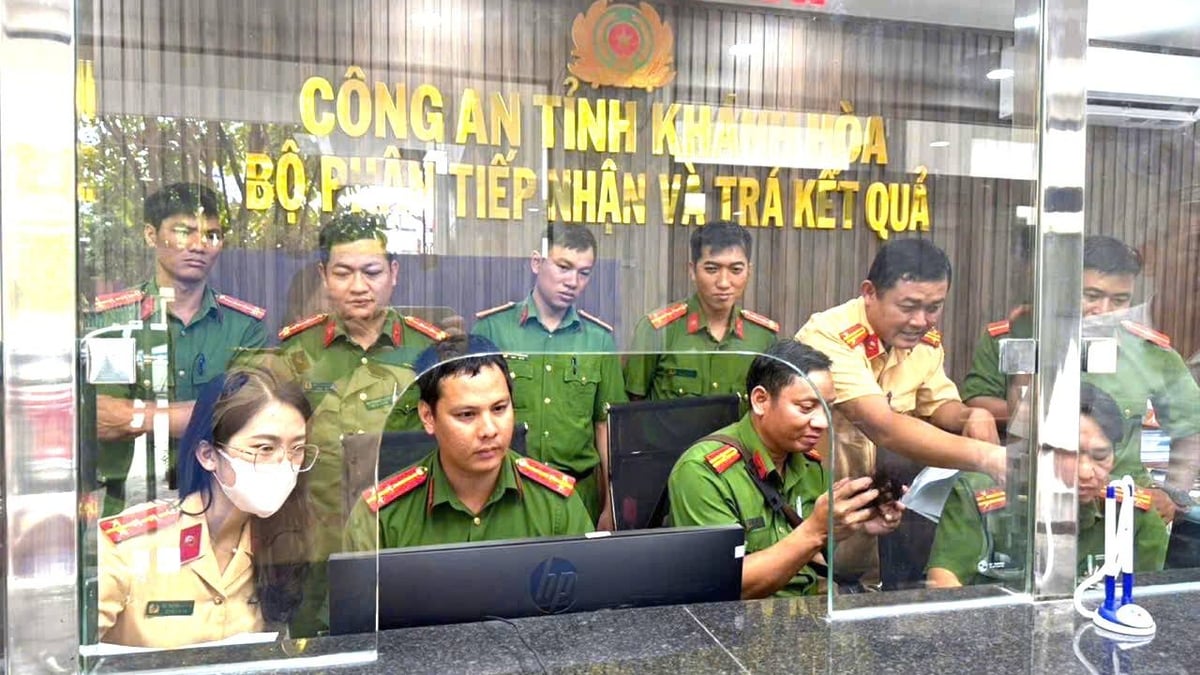















![[Photo] National Assembly Chairman Tran Thanh Man visits Vietnamese Heroic Mother Ta Thi Tran](https://vphoto.vietnam.vn/thumb/1200x675/vietnam/resource/IMAGE/2025/7/20/765c0bd057dd44ad83ab89fe0255b783)








































































Comment (0)